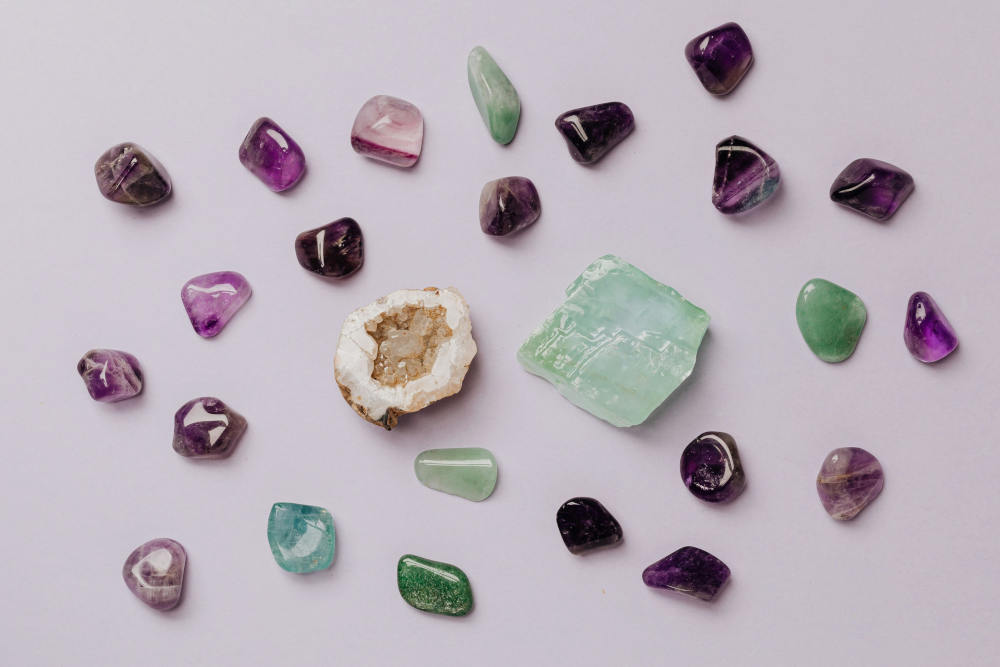
Crystals have long captivated human fascination, admired for their natural beauty and unique structures. In contemporary times, they are often associated with spiritual practices, leading many to question: Are crystals inherently linked to witchcraft? The answer is multifaceted, depending on historical context, cultural practices, and individual beliefs.
Panaprium est indépendant et pris en charge par les lecteurs. Si vous achetez quelque chose via notre lien, nous pouvons gagner une commission. Si vous le pouvez, veuillez nous soutenir sur une base mensuelle. La mise en place prend moins d'une minute et vous aurez un impact important chaque mois. Merci!
Crystals in Historical and Cultural Contexts
Ancient Civilizations and Symbolism
Throughout history, various civilizations have attributed symbolic meanings to crystals. In ancient Egypt, amulets made from stones like lapis lazuli and carnelian were believed to offer protection and were commonly used in burial rituals. Similarly, ancient Greeks assigned metaphysical properties to crystals; for instance, amethyst was thought to prevent intoxication. These uses were deeply embedded in the cultural and religious practices of the time, rather than being associated with witchcraft per se.
Crystals in Religious Texts
In the Judeo-Christian tradition, the Bible references various precious stones. The High Priest's breastplate, as described in Exodus 28:17-20, was adorned with twelve different stones, each representing a tribe of Israel. Additionally, the Book of Revelation (21:19-20) describes the foundations of the New Jerusalem adorned with precious stones. These references highlight the symbolic and aesthetic significance of crystals, without attributing to them any inherent magical powers.
Crystals in Modern Spiritual Practices
Use in Contemporary Witchcraft
In modern times, particularly within certain neopagan and Wiccan traditions, crystals are employed as tools in spiritual practices. Practitioners may use crystals for meditation, energy healing, or as part of rituals intended to focus intention or manifest specific outcomes. For example, a "crystal witch" might specialize in using crystals for such purposes, integrating them into their broader spiritual framework. witchcraftsymbol.medium.com
Distinction Between Use and Belief
It's important to note that the use of crystals in these contexts is symbolic and based on the practitioner's belief system. The crystals themselves are not considered to possess inherent powers; rather, they serve as focal points for intention and meditation. This symbolic use distinguishes the practice from the notion of crystals being intrinsically magical or linked to witchcraft universally.
Scientific Perspective on Crystal Healing
From a scientific standpoint, the efficacy of crystals in healing or influencing energy fields lacks empirical support. Studies have shown that any perceived benefits are likely attributable to the placebo effect. While crystals can serve as tools for mindfulness or stress reduction, their use in this capacity is psychological rather than mystical.Wikipedia
Ethical and Environmental Considerations
The popularity of crystals has led to increased mining and trade, raising concerns about environmental impact and ethical sourcing. Unsustainable mining practices can lead to ecological degradation, and there have been reports of exploitative labor conditions in some regions. Consumers interested in crystals for any purpose should consider the origins of these materials and seek ethically sourced options.
Conclusion: Context Matters
Crystals, in and of themselves, are natural formations without inherent magical properties. Their association with witchcraft arises from specific cultural and spiritual practices that assign symbolic meanings to them. Understanding this context is crucial. For some, crystals are simply beautiful minerals; for others, they are tools within a spiritual framework. Recognizing the diversity of beliefs and practices surrounding crystals allows for a more nuanced perspective on their use and significance.
Cet article vous a-t-il été utile ? S'il vous plaît dites-nous ce que vous avez aimé ou n'avez pas aimé dans les commentaires ci-dessous.
About the Author: Alex Assoune
Contre Quoi Nous Luttons
Les groupes multinationaux surproduisent des produits bon marché dans les pays les plus pauvres.
Des usines de production où les conditions s’apparentent à celles d’ateliers clandestins et qui sous-payent les travailleurs.
Des conglomérats médiatiques faisant la promotion de produits non éthiques et non durables.
De mauvais acteurs encourageant la surconsommation par un comportement inconscient.
- - - -
Heureusement, nous avons nos supporters, dont vous.
Panaprium est financé par des lecteurs comme vous qui souhaitent nous rejoindre dans notre mission visant à rendre le monde entièrement respectueux de l'environnement.
Si vous le pouvez, veuillez nous soutenir sur une base mensuelle. Cela prend moins d'une minute et vous aurez un impact important chaque mois. Merci.



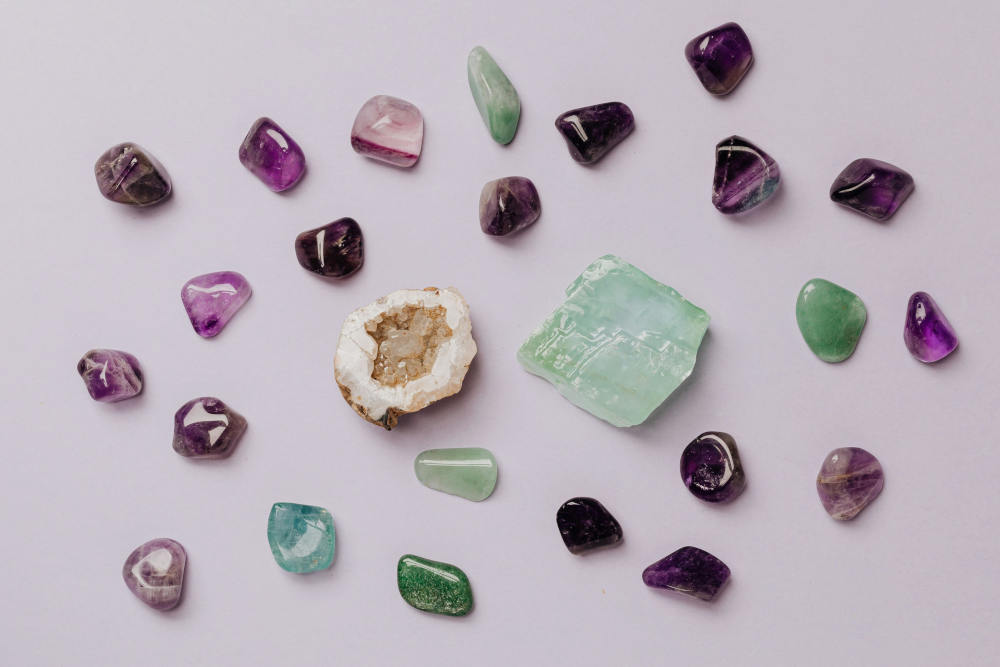
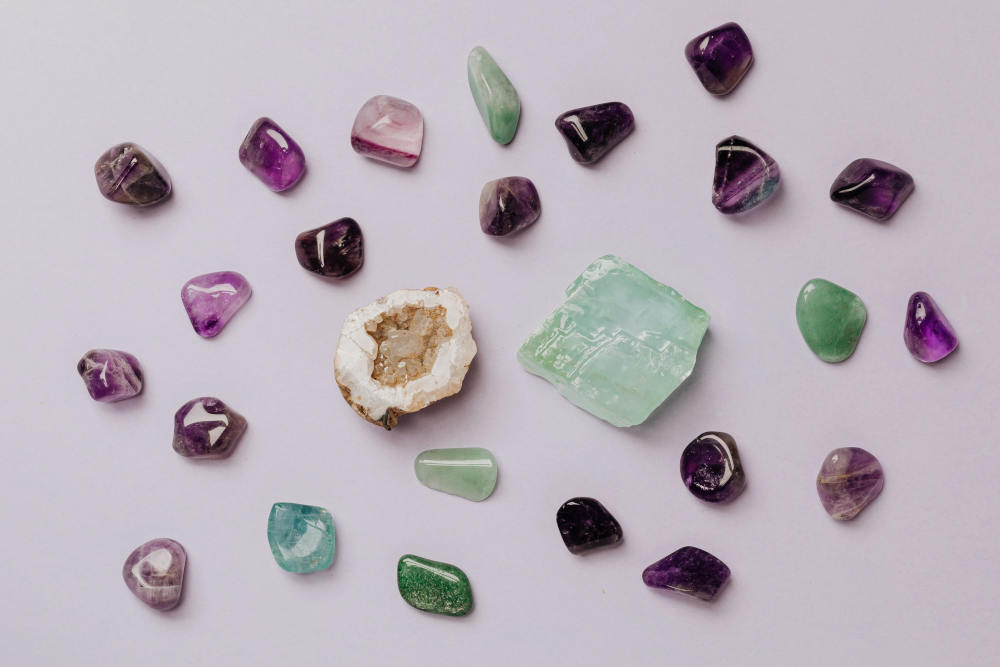
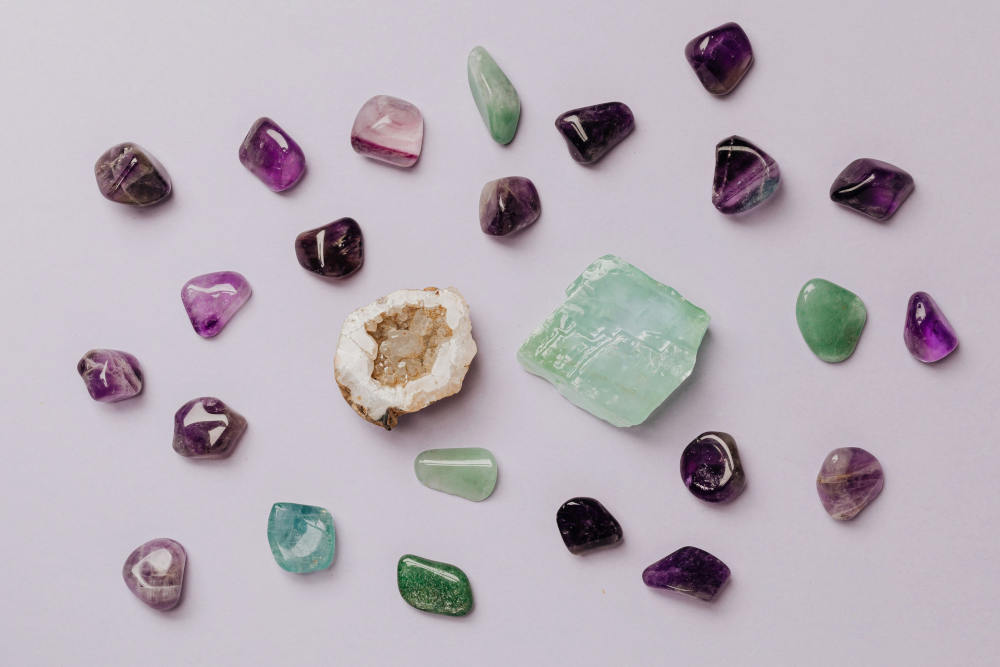
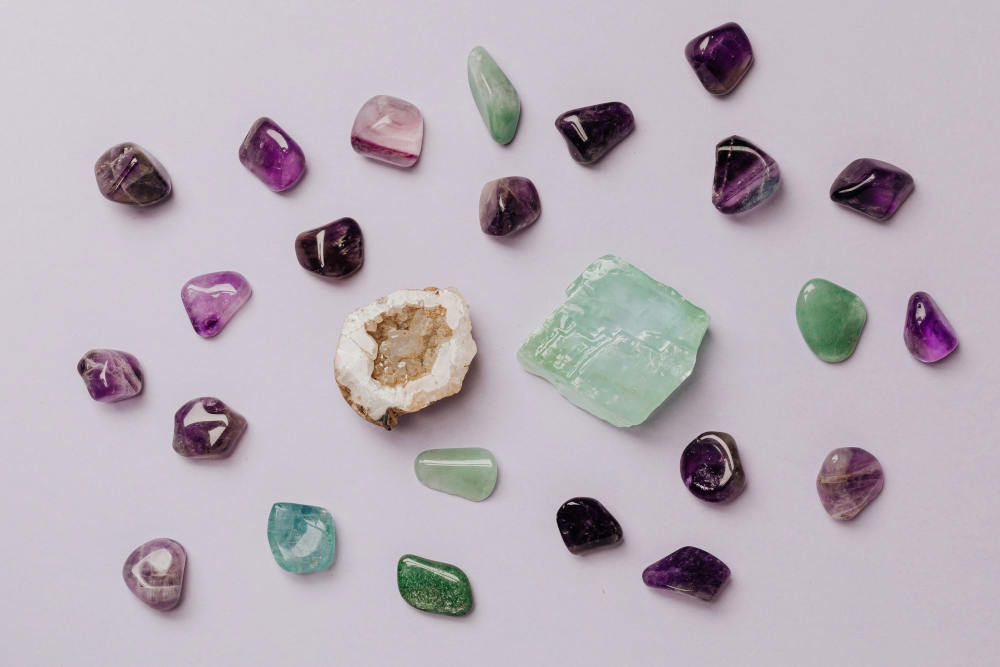

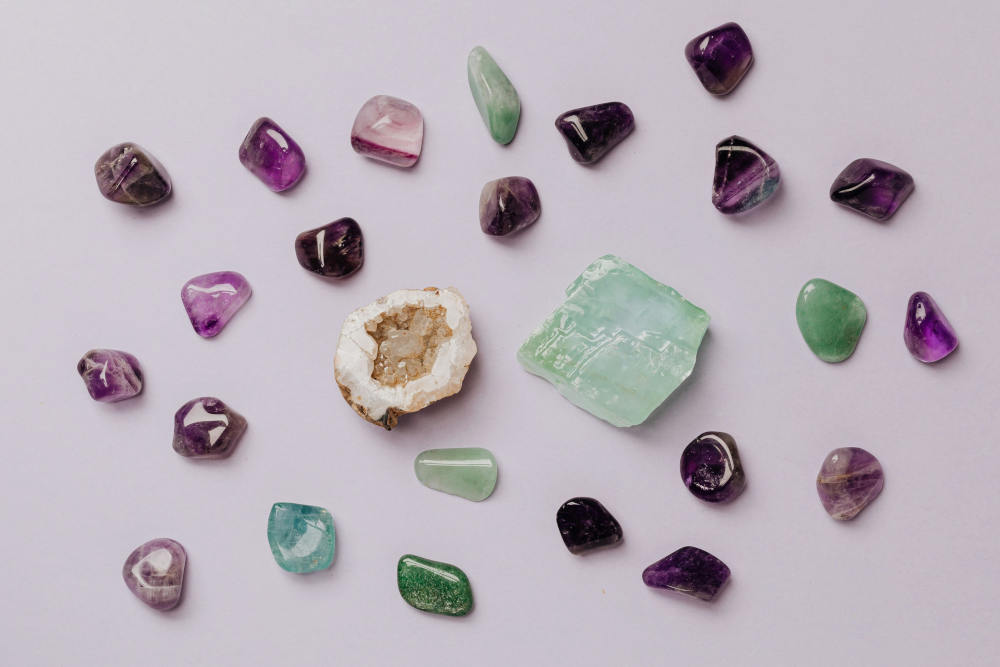
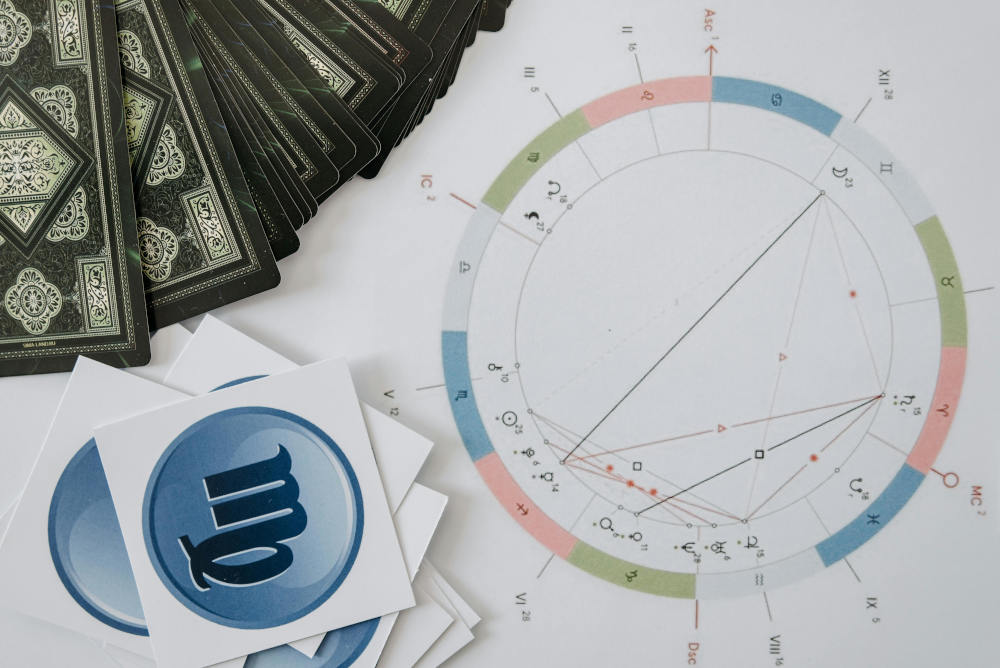







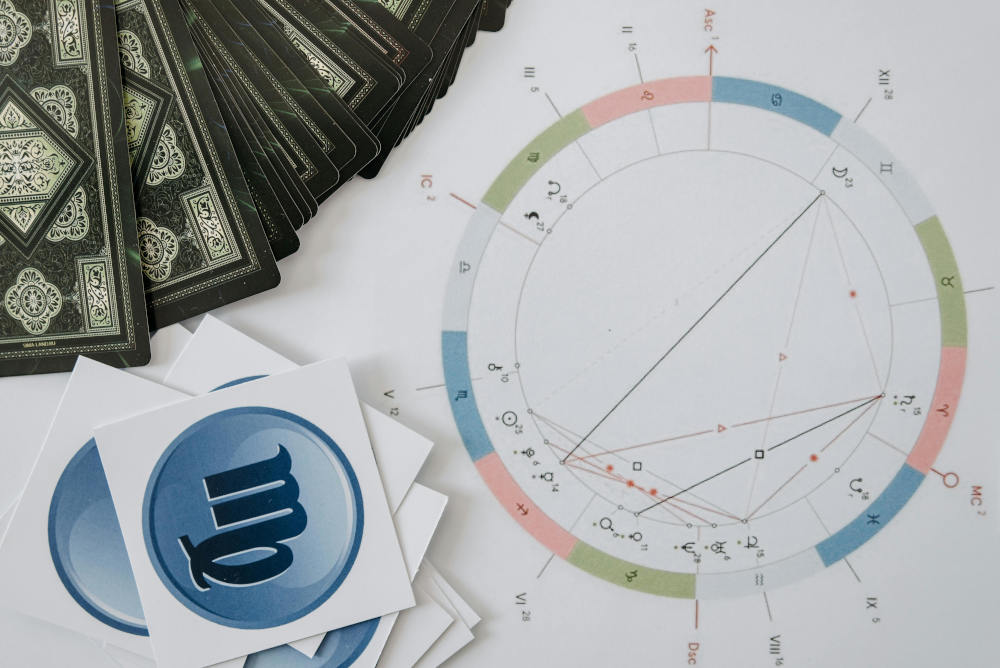



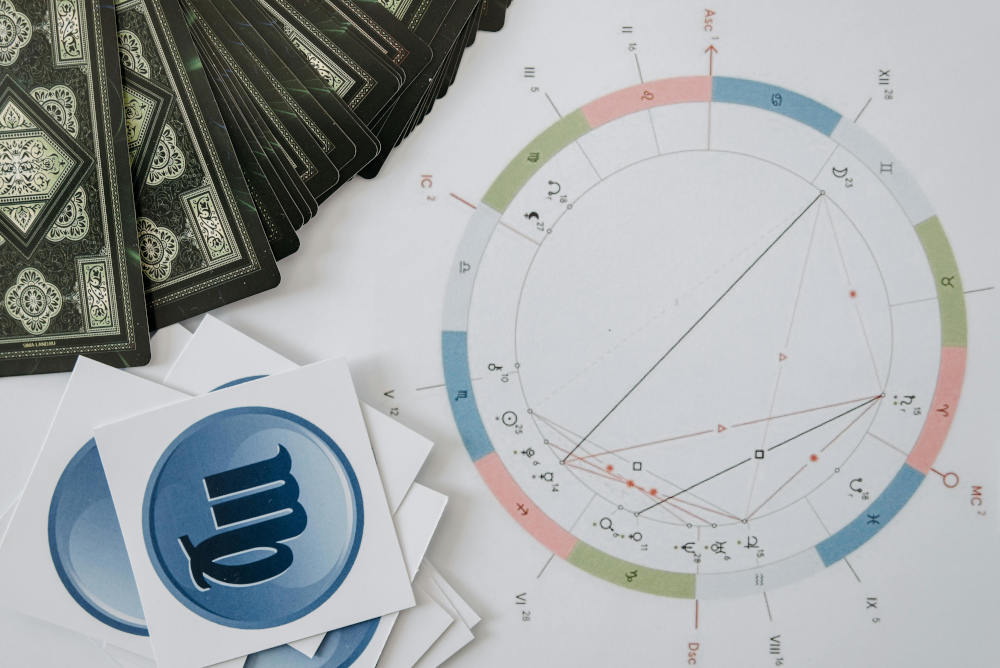









0 commentaires